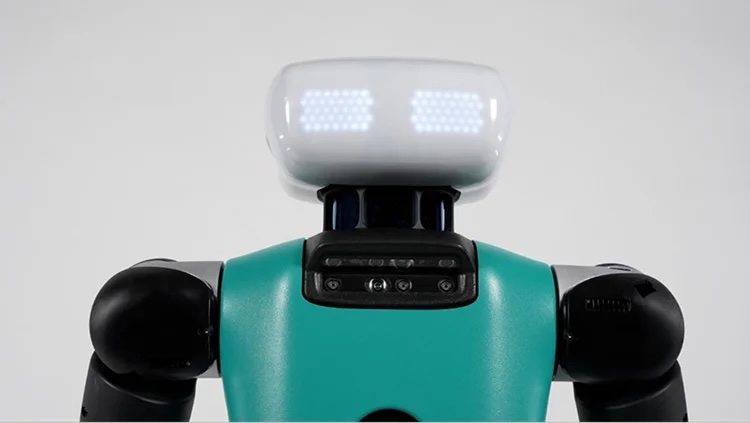RealSense, known for its 3D depth cameras for robotics, is officially operating as an independent company. RealSense spun out from Intel Corp. late last week with $50 million in funding from Intel Capital and MediaTek Innovation Fund.
The Robot Report first reported in January that this spinoff was coming.
This marks the end of a tumultuous chapter for Santa Clara, Calif.-based RealSense. In 2021, Intel announced it was winding down the RealSense business, only to quickly reverse course. The mixed signals left many in the robotics community uncertain about the future of RealSense. Intel has also faced many challenges during this timeframe, including multiple rounds of major layoffs.
RealSense CEO Nadav Orbach said the new company has 130 employees. He said 115 of those came over from Intel, with 15 new hires from outside companies. Every employee who came over from Intel received stock options in the new company. RealSense said this not only rewards the founding team but also strengthens its ability to attract top talent.
“We’re 130 founders now,” said Orbach, who spent 19-plus years at Intel, including the past 15 focused on vision and imaging. “We see ourselves as a startup in the physical AI space — nimble, focused, and building the tools robots need to understand the world.”

A RealSense Depth Camera D455 is embedded in the neck of Agility Robotics’ Digit humanoid to gather 3D information for object detection, collision avoidance, and terrain mapping. | Credit: RealSense
RealSense doubles down on vision software
RealSense’s depth-sensing technology already powers thousands of robots, including autonomous mobile robots (AMRs), robot arms, and an increasing number of humanoids. The company claimed that it’s already working with 60% of AMR and humanoid developers, including companies such as Geek+ and Agility Robotics. RealSense said it has 3,000-plus customers.
Beyond its core camera hardware, Orbach said RealSense is doubling down on software. One key area of investment is visual SLAM (simultaneous localization and mapping), which is critical for navigation in AMRs. Another is 3D safety to help robots detect and avoid hazards in their environments.
“We want to be more than just the eyes of a robot,” said Orbach. “We want to be a robot’s visual cortex — interpreting, localizing, and acting in real-time. That means pushing more intelligence to the edge, directly on the camera.”
RealSense recently launched the D555 PoE camera and a new in-house ASIC that delivers 5 TOPS of on-board AI compute. This unlocks new APIs and software features such as real-time telemetry, edge processing, and customizable vision pipelines. Orbach said these are capabilities that developers have increasingly demanded as robotics systems become more complex.
RealSense has some stiff competition. Companies such as Luxonis, Orbbec, Zivid, and others offer high-performance 3D cameras. Another competitor, Photoneo, was acquired by Zebra Technologies in late 2024.
Break from Intel opens partnership possibilities
While RealSense now operates independently, Intel remains a minority investor and holds a board seat. The spinout includes a transition services agreement to ensure continuity, but RealSense said it has its own supply chain, legal infrastructure, and R&D team. Manufacturing of RealSense’s custom chips, for instance, has long been handled by TSMC, not Intel.
“There were great things about being inside Intel,” said Orbach. “But there were real limitations, too, especially around capital allocation, marketing, and partnerships. Now, we can move faster, take more strategic risks, and form alliances that weren’t possible before.”
That agility is already paying off. Alongside legacy AMR and industrial robotics customers, RealSense is finding adoption in sectors like agriculture, retail automation, and even aquaculture, where its sensors help track fish populations underwater. With AI booming and demand for spatial understanding rising across industries, Orbach sees broad opportunity ahead.
Robotics developers have long had concerns about the stability of 3D sensor providers. Remember what happened with Microsoft’s Azure Kinect? But Orbach said the RealSense team has heard that longtime customers are relieved that the product line will not only continue, but grow.
“There was some concern while we were still under Intel,” he said. “Customers wanted to know we weren’t going to get deprioritized. Now, they see a dedicated team with funding, a roadmap, and full control over its destiny.”
